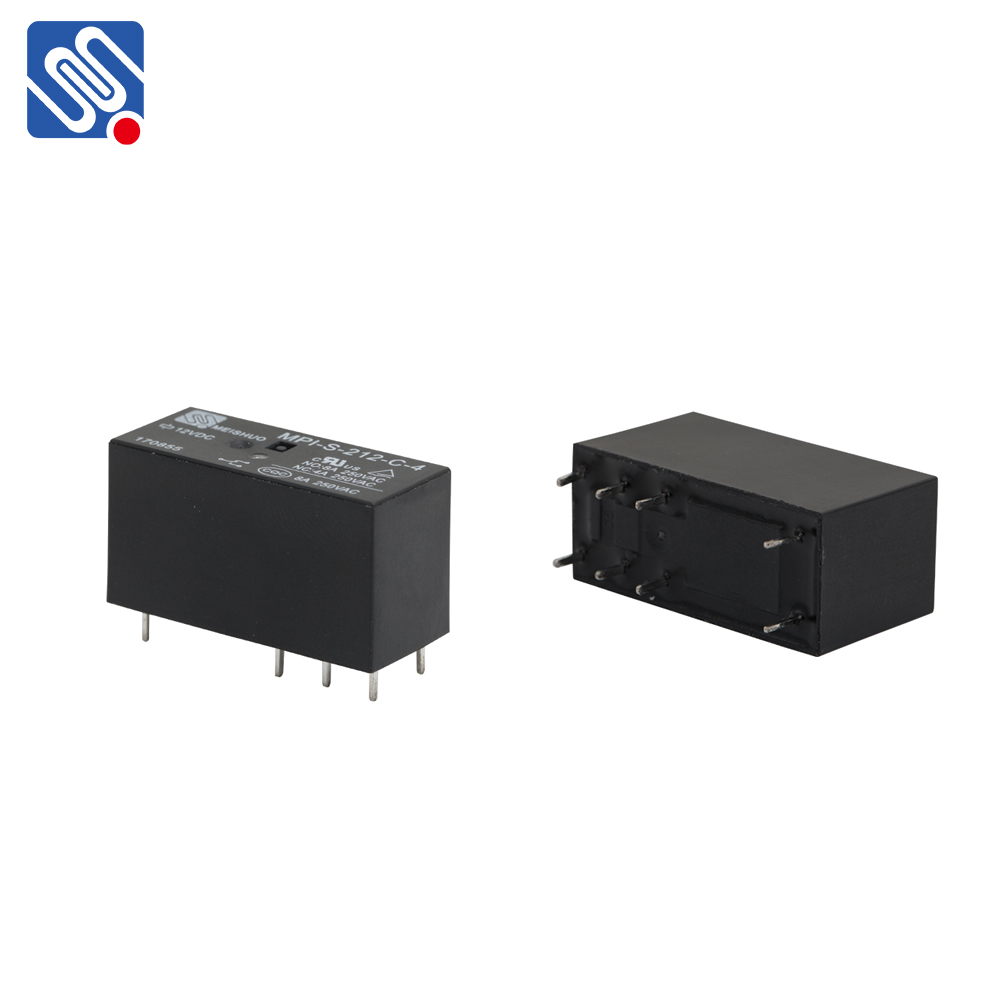In modern wireless communication systems, the efficient transmission of data across large distances remains a major challenge. As networks continue to expand and the demand for high-speed connectivity grows, traditional methods of direct communication can sometimes fall short due to issues such as signal attenuation, interference, or environmental obstacles. This is where relay nodes come into play. By utilizing relay nodes to forward signals between the source and the destination, wireless systems can extend their range, improve coverage, and boost overall network performance. However, to fully harness the potential of relays, it is crucial to understand the concept of relay efficiency and how it impacts the overall performance of a network.

What is Relay Efficiency? Relay efficiency refers to how effectively relay nodes perform their role in forwarding signals, maintaining the integrity and quality of the data transmission, and minimizing the loss of information. It encompasses several key performance metrics, including signal amplification, energy consumption, spectral efficiency, and the reduction of latency. Essentially, relay efficiency evaluates how well a relay network optimizes the use of available resources to enhance communication between remote endpoints. Signal Amplification and Quality One of the primary roles of a relay node is to receive, amplify, and forward signals from a source to a destination. The efficiency of this process depends on the relay’s ability to minimize losses during signal transmission. An ideal relay system would amplify the signal without introducing excessive noise or distortion, ensuring the data remains intact and the communication quality is preserved. In this context, relay efficiency involves designing relays that can boost signals with minimal degradation and maintain high signal-to-noise ratios (SNR).